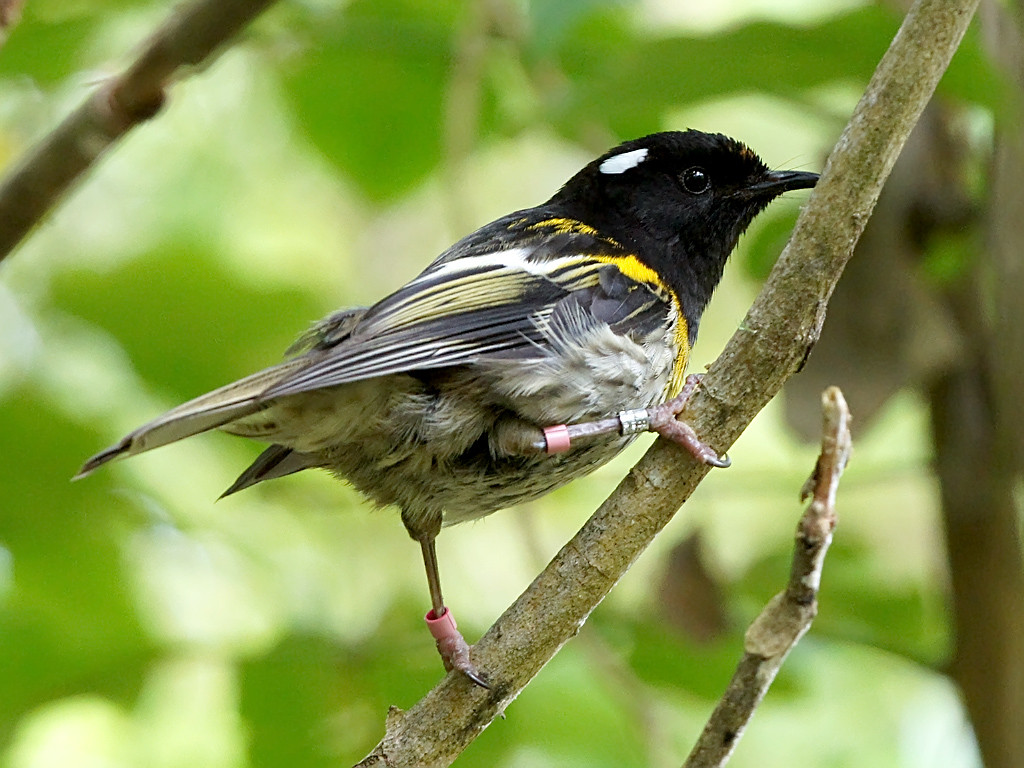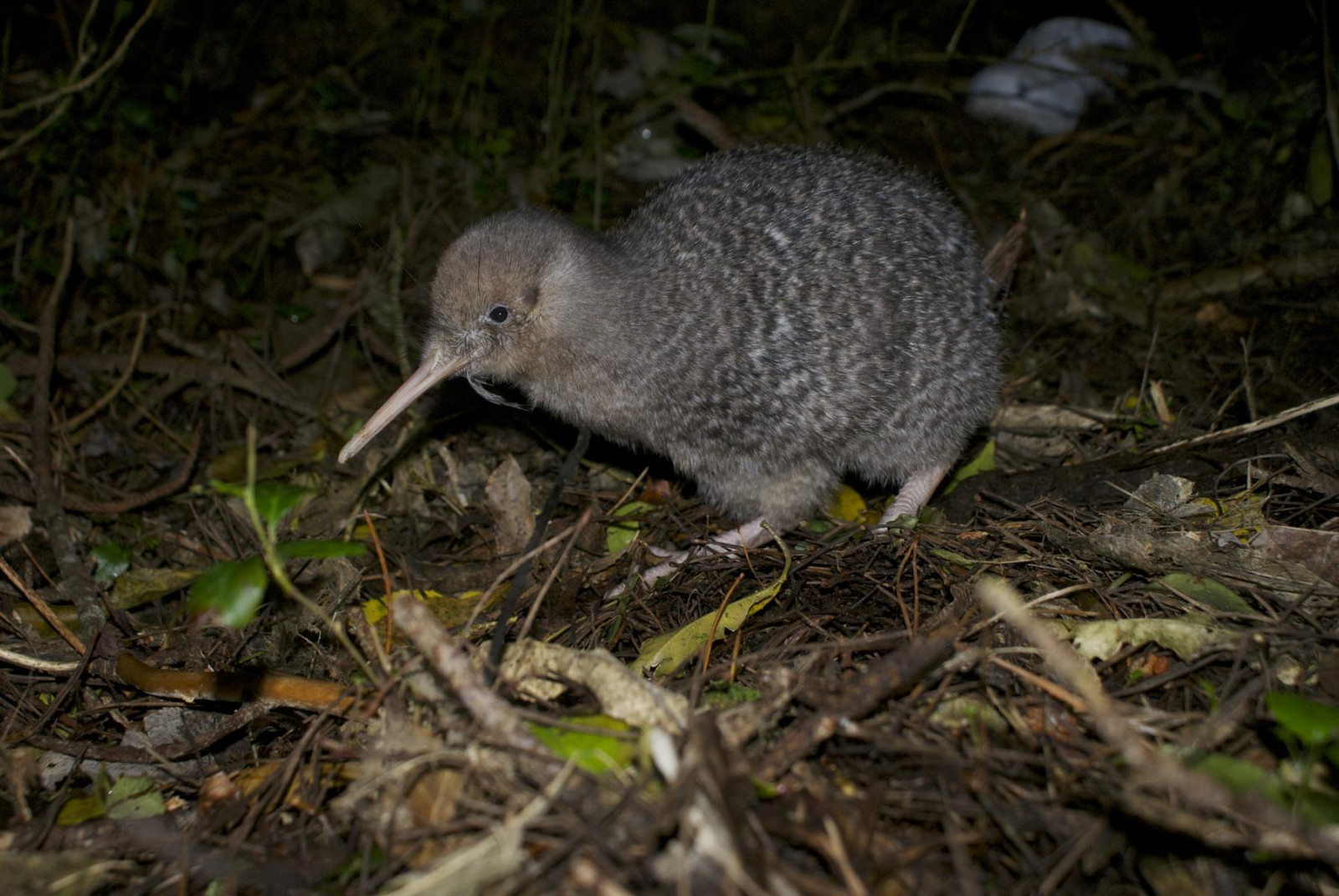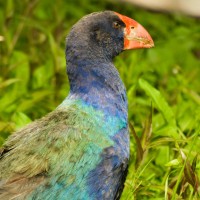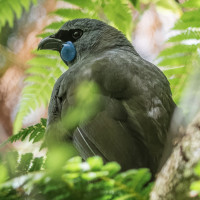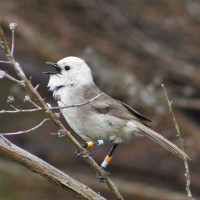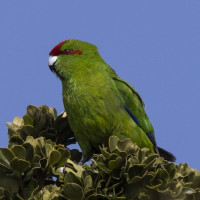Beschreibung
Kapiti Island is a very good spot for the local endemic birds, as it is predator-free and for this a very large island. The Forest developed is good and gives you an impression how uninhabited Aotearoa looked like. Stitchbird, Mohua, Whitehead, North Island Saddleback, New Zealand Kaka, Red-crowned Parakeet, North Island Kokako, Little Spotted Kiwi and the reintroduced South Island Takahe are just the top of list of this beautiful place.
Details
Zugang
Ferries start from Paraparaumu near the Boating Club. On the island there are several paths in very good condition with different difficulties. It is possible to stay overnight. But the accommodation is a bit costly, and maybe not necessary as the ferries arrive quite early on the island.
Terrain und Habitat
Wald , Berg , Strand , Meer , DünenBedingungen
GebirgigRundweg
JaIst ein Spektiv nützlich?
NeinGute Beobachtungszeit
Frühjahr , SommerBeste Beobachtungszeit
Frühjahr , SommerRoute
Normaler Weg , Schmaler PfadSchwierigkeitsgrad der Tour
DurchschnittlichErreichbarkeit
zu FußBeobachtungshütten oder -türme
NeinZusätzliche Informationen
For the best birding experience you should take the southern route (Trig Tack). It is more difficult to walk and has some places were its very steep and rocky but you get really good views on the treetops and more dense forest. The other Track has a birdfeeder on its half way, where Stitchbird and many other birds assemble and you can sit on a bench and have a little break. Also do a walk through the shrubs near the landing site, were it might be possible to see the South Island Takahe.
